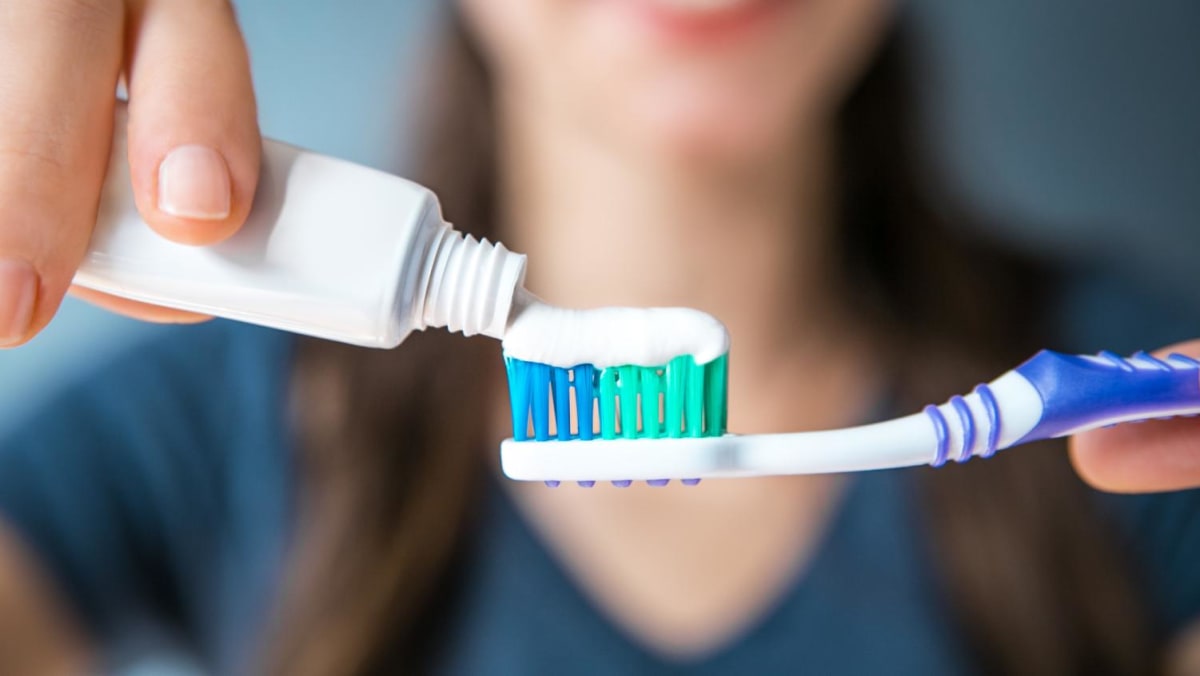You probably don’t think much about the minty paste or gel that you squeeze onto your toothbrush every morning and night. It’s likely the same for the ancient Egyptians who were thought to be the first to use a paste to clean their teeth in 5000BC. By around 500BC, you could say the Greeks, Romans, Chinese and Indians also started to have fresher breath and cleaner teeth by practising the same dental upkeep.
Although ancient toothpastes didn’t come in tubes with flip caps – they were also more likely to be made with the ashes of ox hooves, eggshells and pumice – they still performed the same functions: Keeping teeth and gums clean and fresh.
The Greeks and Romans took it further and supposedly included crushed bones, oyster shells, charcoal and bark for extra abrasive strength. The Chinese were more particular about odour and, over time, included ingredients such as ginseng, herbs and salt.
Related:
Why are some people terrified of going to the dentist? Here's how to overcome your anxiety and fear of pain
YOUR TOOTH’S ANATOMY
What about the modern toothpaste? What goes into it other than fluoride? To answer that, we’ll have to look at what the humble toothpaste was created for: Your teeth. Each of your 32 pearly whites, including your wisdom teeth, consists of three layers: Enamel, dentin and pulp.
“The outer shell is the enamel,” said Dr Bernard Siew from Smilefocus Dental Clinic. “Enamel’s thickness and density can vary among individuals. It is usually the thickest around the tip of the tooth (the part of the tooth that you can see) and thinnest around the neck of the tooth (just below the gumline),” he said.
Enamel is as tough as, well, not nails but crystal mainly because it is made up of hydroxyapatite – a form of crystallised calcium phosphate. In fact, enamel is the hardest substance in your body and can even “self-repair in the early stages of decay”, said Dr Siew.
Generally, you’ll know that the damage is more than enamel-deep when pain is involved. Take, for instance, tooth sensitivity or what the experts call dentin hypersensitivity that affects about 57 per cent of people. Dentin, the second layer of your tooth, has fluid and nerves in tiny tubes known as dentinal tubules – and these minute channels form about 22 per cent of dentin’s total volume.
Normally, hard enamel covers and protects the dentin and prevents stimuli such as pressure or hot, cold or sweet food and drinks from affecting the fluid in the tubes. However, when the enamel is worn, it is believed that stimuli can create movement in the fluid, stimulate the nerves and cause the short, sharp pain you’ve come to associate with tooth sensitivity.
Furthermore, individuals prone to tooth sensitivity tend to have thicker dentinal tubules and eight times more tubes than non-sensitive people, according to this study.
THE INGREDIENTS IN YOUR TOOTHPASTE
Protecting your teeth’s enamel is paramount as it is your defence against decay and cavities. The most familiar substance to do that is fluoride. Studies like this noted that it can remineralise your tooth’s surface by forming a layer that makes the enamel “more stable and difficult to dissolve” against the acid from the food and drinks we consume.
But other than fluoride, what other ingredients can you find in a typical toothpaste – and what functions do they perform? Here’s a look:
Numbing agents: Toothpastes that are labelled as suitable for tooth sensitivity usually have numbing agents in their formulation. These agents work by numbing the dental nerves for a short period to reduce dentin hypersensitivity, said Dr Meyer. “However, for better results, occluding strategies have been proven to be more effective in clinical studies,” he said, referring to some toothpastes that form plugs to seal the dentin tubes.
Flavourants: Toothpaste formulae can contain ingredients that can make the toothpaste taste bitter, metallic or soapy. So it’s a no-brainer for flavours to be added. In fact, other than the fluoride content, flavouring is another factor that affects many people’s toothpaste choices.
Whitening agents: These can include silica, pyrophosphates, hydrogen peroxide or carbamide peroxide. Herbal or natural whiteners, which are believed to cause less mucosal irritation, are also used. These can be charcoal, papain enzyme (derived from papaya), menthol, clove and salt.



